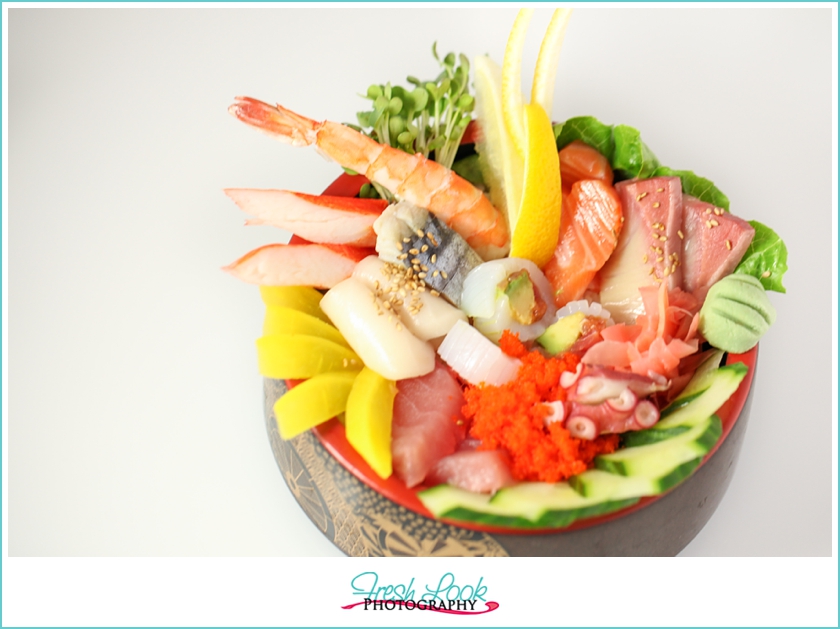 I’ve often told people that I don’t “do” food photography because I feel that it’s a skill I don’t possess. I mean really, how do you make a salad look appetizing?! (interestingly enough, by spraying it with water to make it look fresher!) But I’ve recently been on a quest to up my photography game, and when I had the opportunity to work with Blue Fin Japanese Restaurant photographing their food, I knew it was time to hone my food photography skills! In my quest to discover how to take the best photos of food, I’ve compiled a list of tips and tricks that I found helpful, and hopefully you will too!
I’ve often told people that I don’t “do” food photography because I feel that it’s a skill I don’t possess. I mean really, how do you make a salad look appetizing?! (interestingly enough, by spraying it with water to make it look fresher!) But I’ve recently been on a quest to up my photography game, and when I had the opportunity to work with Blue Fin Japanese Restaurant photographing their food, I knew it was time to hone my food photography skills! In my quest to discover how to take the best photos of food, I’ve compiled a list of tips and tricks that I found helpful, and hopefully you will too!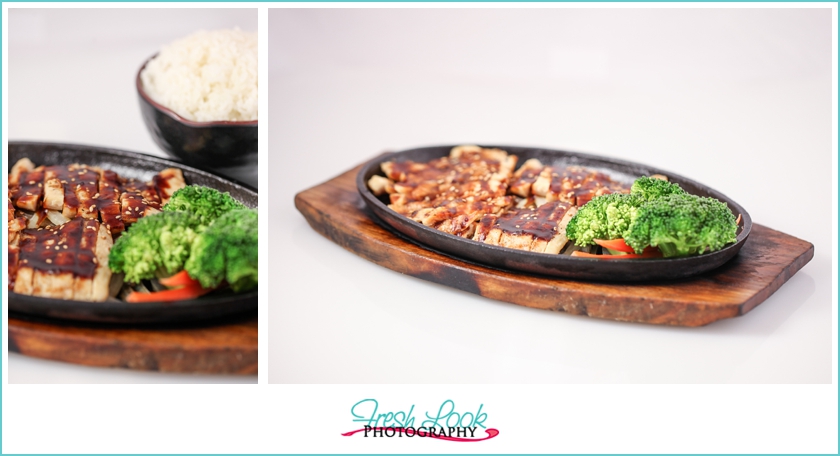
Lighting
The reason so many people shudder when it comes to food photography is that they don’t know what to do with the actual food (that was SO me!). We just need to remember, treat the food you photograph like any other still life subject making sure that it is well lit! A lot of food photography could be drastically improved with better/more even lighting. One of the best places to photograph food is by a window where there is plenty of natural light (and possibly supplementing with flash bounced off a ceiling or wall to give a more balanced light). You can also use a light box to achieve a light, bright feel in your food, while minimizing distractions with clean backgrounds.
Getting Down
When you initially make the jump to food photography, one common mistake is taking shots directly over the plate, looking down from above. This type of shot can work in some circumstances, but in most cases it will make the dish look flat (see below image on the right). You will usually get a better shot by getting down and shooting closer to plate level or slightly above it (see image below on the left).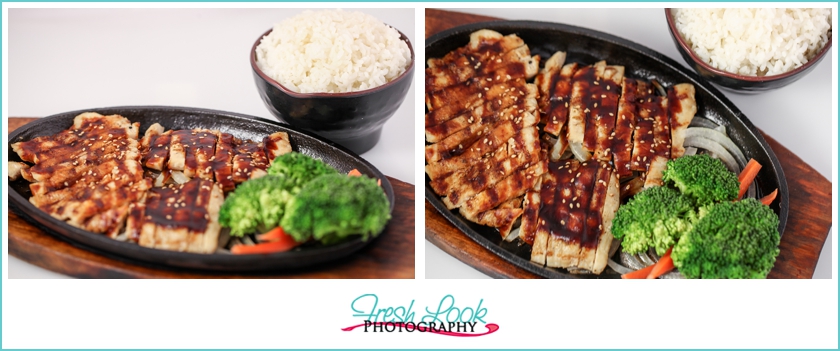
Clear the Frame
There is something to be said for a big chunk of negative space. If you are taking pictures to use for advertising, it leaves plenty of room for type, and really brings the viewers eye to where you want it focused. Use angles that don’t make you feel like you are missing something in the frame. It can be tricky to master, but taking a lot of shots and varying your angles will help you develop a feel for it.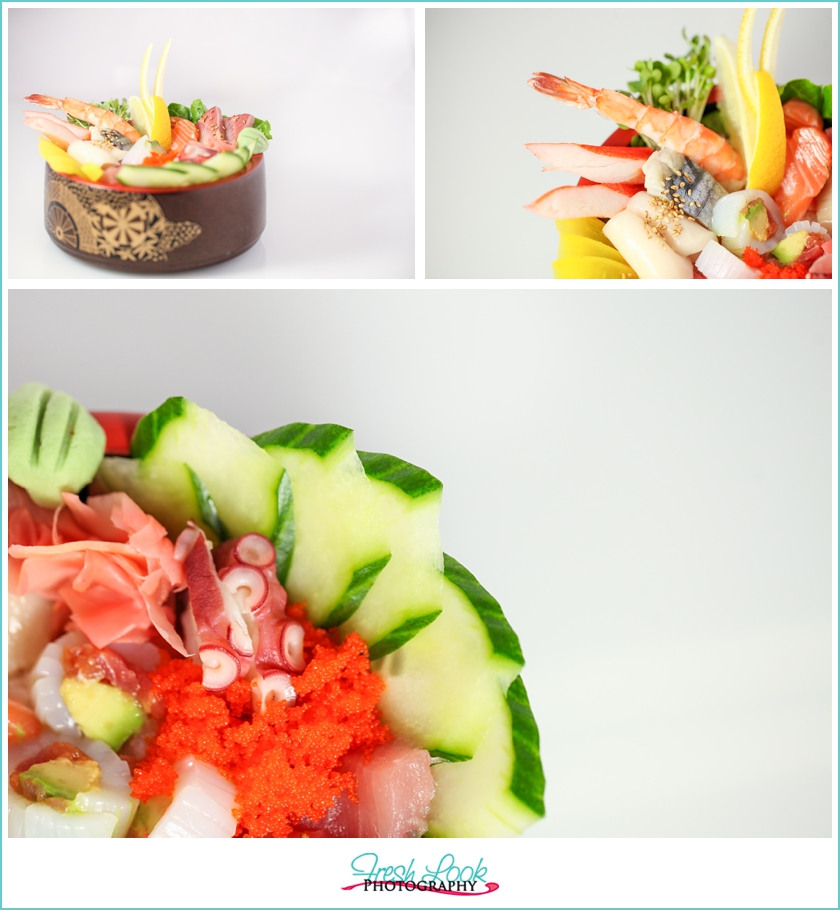
Work Quickly
Food doesn’t keep it’s appetizing looks for very long, so we need to be well prepared and able to photograph the item quickly after it’s been cooked. Otherwise you run the risk of having it melt, collapses, wilt or changes color. This means being prepared and knowing what you want to achieve before the food arrives. One strategy that some use is to have the shot completely set up with props before the food is ready and then to substitute a stand-in plate to get your exposure right. Then when the food is ready you just switch the stand-in plate with the real thing and you’re ready to start shooting.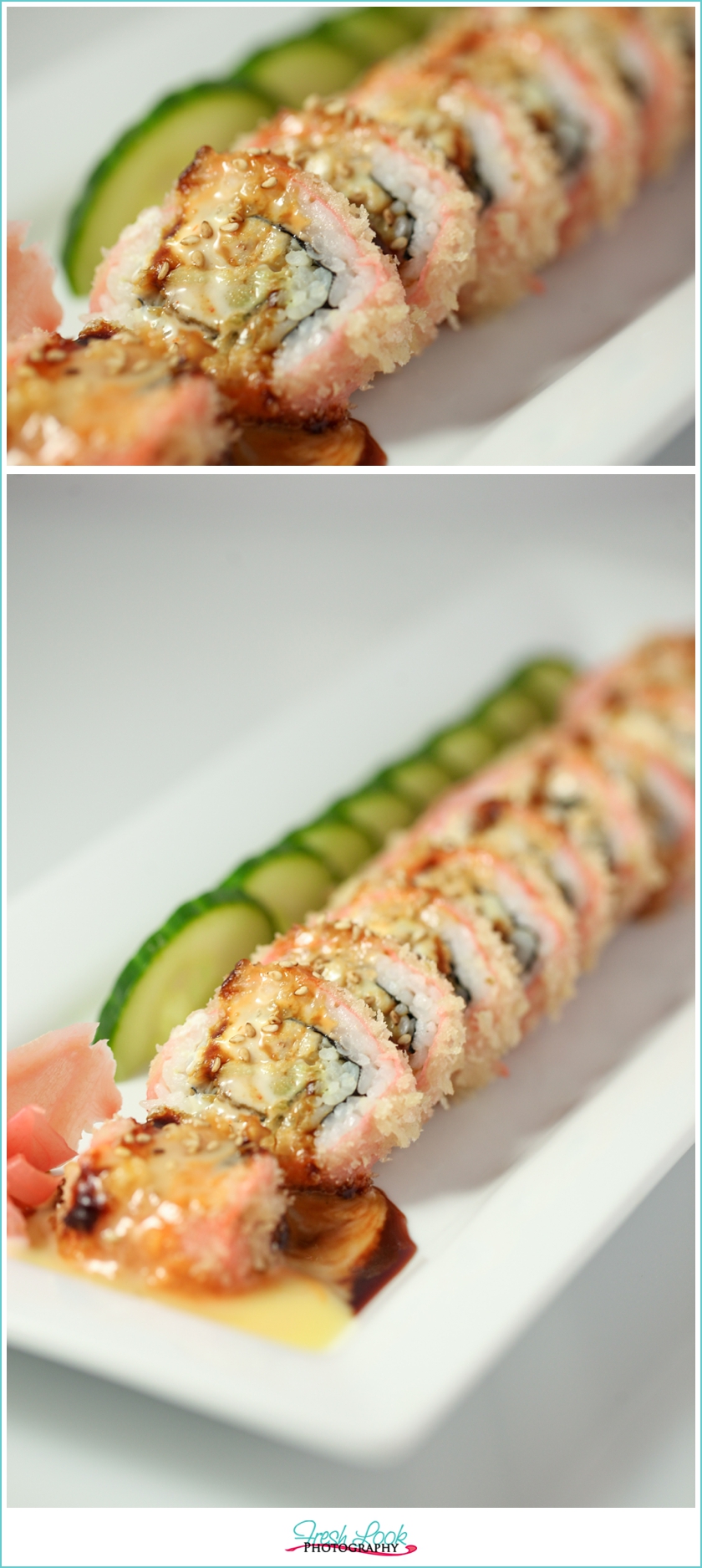
Props
Paying attention to the arrangement of the food is only half the battle, it’s also important to pay attention to all the details including the plate, bowl, or any table settings. Resist the urge to clutter the photo with a full table! Stick to non-patterned plates and bowls so the food stands out more, and only add one or two extra elements (such as a fork,cup or napkin). These items are usually placed in the foreground or background of your shot, so they don’t detract from the focus of your image (the food, duh!). 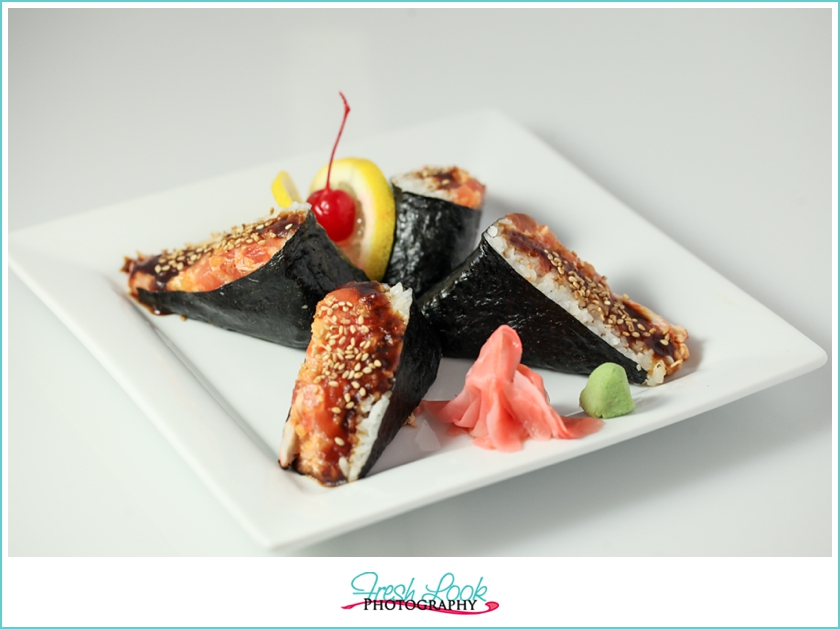
Show Ingredients And Prep
No one likes seeing the kitchen is complete disarray after making a delicious meal, but showing the ingredients that you will use to make a dish, or the food as it is being cooked is a great way to add a story to your food photography. Everyone likes to see behind the scenes shots of how a dish is made or what special ingredients the chef chooses to use.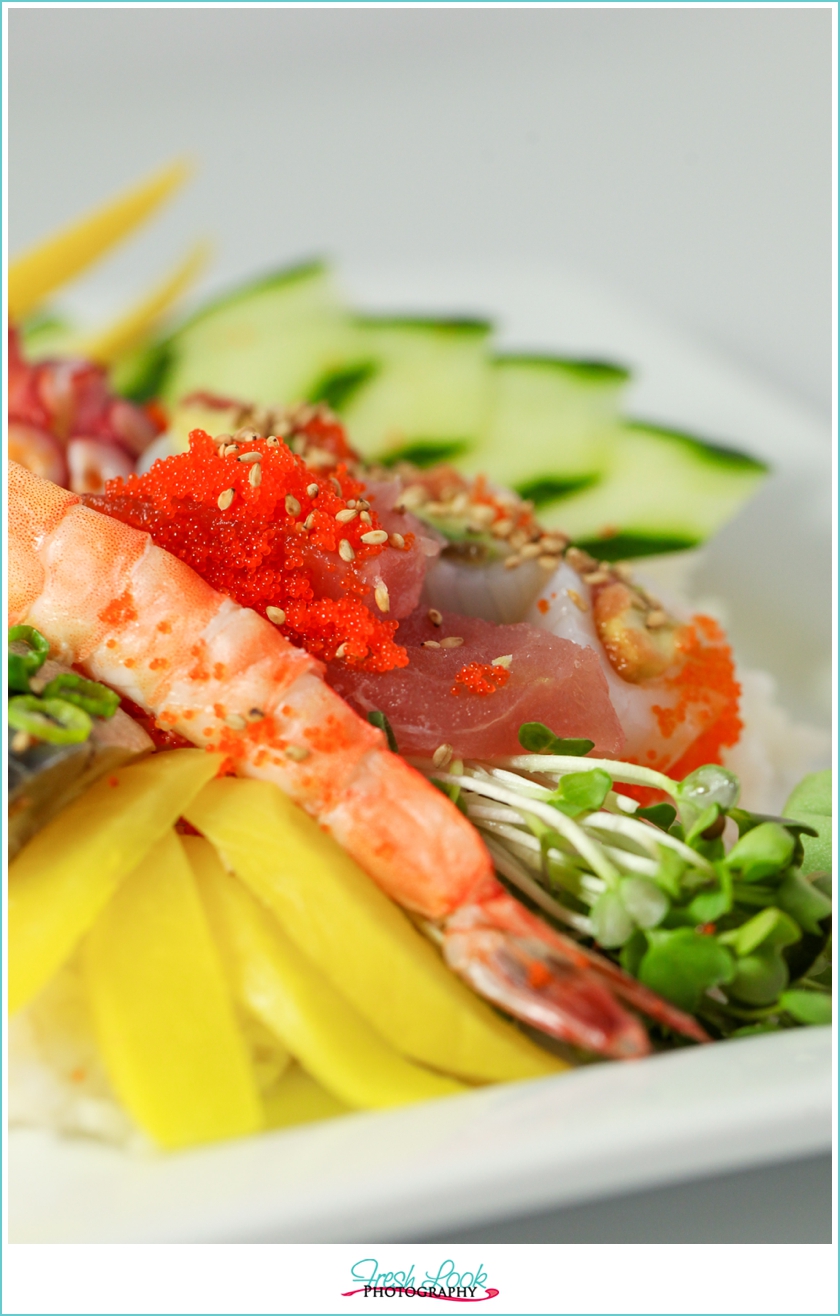
Clean Your Plate
Remember when you were a kid and your parents always told you to clean your plate? Well this isn’t more necessary when shooting food photography because the plates and props holding the food must be 100% clean! When you shoot close up (like most food requires) any imperfections of flecks of food will show up and look like the dish is messy or incomplete. It’s worth the two seconds it will take you to wipe the plate.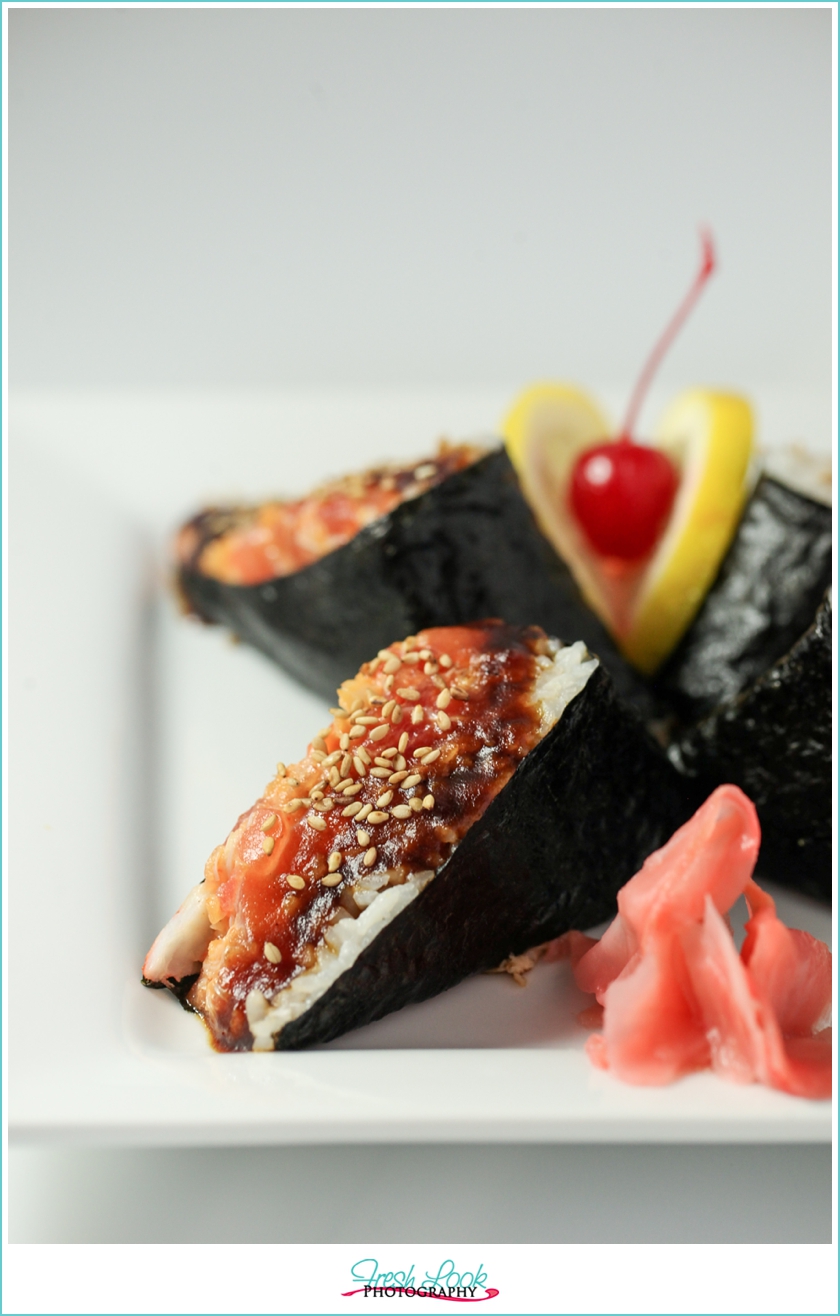 There are so many things to take into consideration when doing food photography, these are just a few tips to get you started in your journey to photographing food.
There are so many things to take into consideration when doing food photography, these are just a few tips to get you started in your journey to photographing food.
Do you have any tips for this type of picture taking? I’d love to hear your thoughts, feel free to leave a comment to share with everyone!

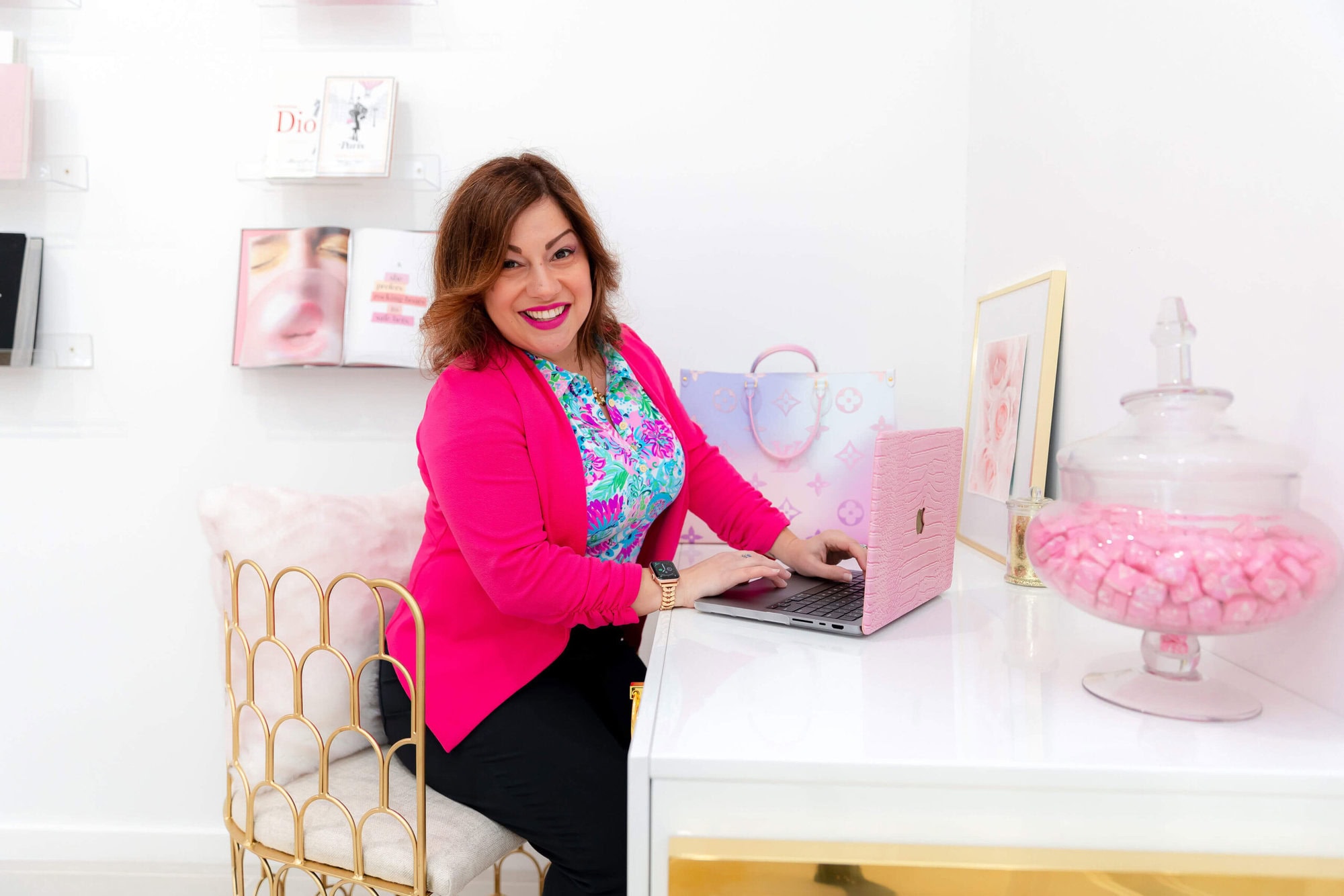

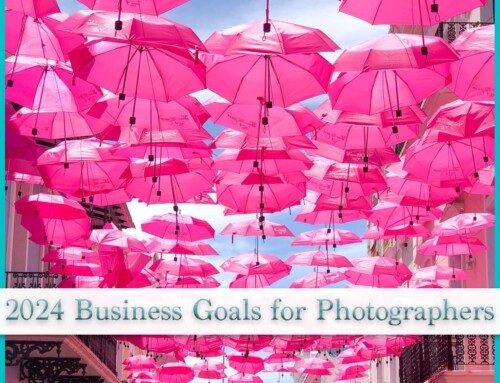




Leave A Comment